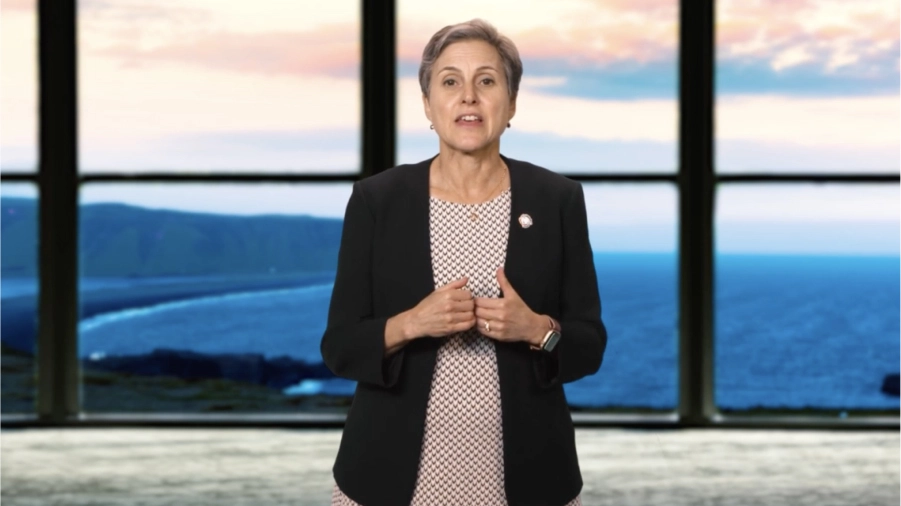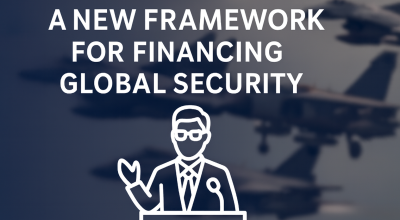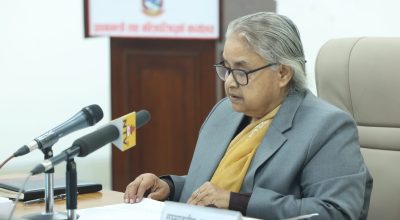
WASHINGTON, DC – Roughly 40% of the world’s population inhabit coastal areas. In addition to being home to 12 of the world’s 15 largest cities, these regions serve as an essential lifeline for countless small villages and towns. With around 80% of international trade passing through seaports, coastal regions also play an outsize economic role, accounting for 60-70% of global GDP.
With global temperatures rising at an alarming rate, coastal communities find themselves on the front lines of the climate and biodiversity crises. In the past year alone, Hurricanes Beryl, Helene, and Milton battered the Caribbean and the US Gulf Coast, while Storm Daniel claimed thousands of lives in Libya, underscoring the growing vulnerability of those living along the world’s shorelines.
As the climate crisis escalates, so do the threats posed by rising sea levels and an acidifying, warming ocean. These dangers are compounded by habitat destruction, overfishing, and pollution, which erode the health and biodiversity of marine ecosystems. The resulting loss of mangroves and coral reefs is expected to cause enormous economic losses and displace numerous coastal communities, particularly in small island developing states where every aspect of life is linked to the sea.
Given the stakes, strengthening the resilience of coastal communities, and protecting their inhabitants’ lives, livelihoods, and economies, is not just a regional or national priority but a global imperative. Meeting it will require a coordinated effort by both the public and private sectors, particularly financial institutions capable of generating the investments necessary to support sustainable, long-term solutions.
To this end, the United Nations Biodiversity Conference is exploring ways to advance the 2022 Global Biodiversity Framework, which aims to protect 30% of all land and ocean areas by 2030. The upcoming UN Climate Change Conference (COP29) in Azerbaijan will focus on financing solutions. And next year’s UN Ocean Conference, along with the inaugural Blue Economy and Finance Forum, could help catalyze the urgent, coordinated action needed to safeguard our planet’s most vulnerable ecosystems.
Encouragingly, private financial institutions are also starting to recognize the need to bolster climate resilience. An astounding $1 trillion in green, social, and sustainability-linked bonds were issued in 2023, reflecting investors’ growing interest in projects aligned with the UN Sustainable Development Goals. But investment in ocean regeneration and coastal resilience remains well below the hundreds of billions of dollars required annually to protect vulnerable communities and cities.
While closing this funding gap is crucial, engaging with local communities is equally important. By incorporating indigenous peoples’ perspectives, policymakers could craft measures that protect nature, promote sustainable development, and ensure that investments in infrastructure and community resilience are both equitable and effective.
Cross-sector partnerships will be key to building a pipeline of investable projects. The Ocean Risk and Resilience Action Alliance (ORRAA), where I serve as Executive Director, seeks to mobilize financing for ocean resilience. By working with committed partners, we aim to equip bankers and insurers with the tools to account for the value of natural assets on their balance sheets while harnessing the ingenuity and entrepreneurial spirit of local leaders, many of whom are women.
To be sure, there is much more to be done. To build truly resilient coastal communities, climate risks must be factored into every infrastructure project, policy proposal, and investment decision that affects climate-vulnerable regions. Moreover, by promoting nature-based solutions, such as the restoration of mangroves and coral reefs, policymakers could bolster natural defenses against storms and erosion while supporting biodiversity and local economies. Initiatives like the Coastal Risk Index – an interactive platform that leverages data to help investors, insurers, and policymakers assess coastal risks – will be vital to this effort.
Given that public financing alone cannot generate the capital needed to protect coastal communities, greater public-private cooperation will be essential to close the current funding gap. This will require developing innovative financial instruments to reduce risk and incentivize private-sector participation. With this in mind, ORRAA has partnered with the Development Guarantee Group, a guarantor backing climate adaptation and mitigation projects, to create a mechanism aimed at derisking sustainable investments in “blue economy” sectors.
Next year’s UN Ocean Conference in France and the Blue Economy and Finance Forum in Monaco present a unique opportunity to unite these various efforts. By bringing together business leaders and policymakers, these gatherings could unlock large-scale financing for ocean conservation and resilience, ensuring that coastal communities benefit from a comprehensive, sustainable approach to the complex challenges posed by the climate crisis.
But to seize this opportunity, investors, policymakers, and local leaders must align their efforts. Through decisive, coordinated climate action, we can direct targeted investments toward ocean resilience and secure a sustainable future for coastal communities – and for the global economy that relies on them.
Karen Sack is Executive Director of the Ocean Risk and Resilience Action Alliance.
Copyright: Project Syndicate, 2024.
www.project-syndicate.org
















